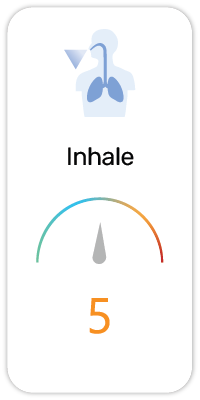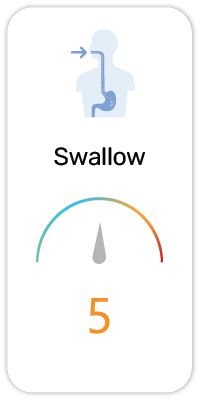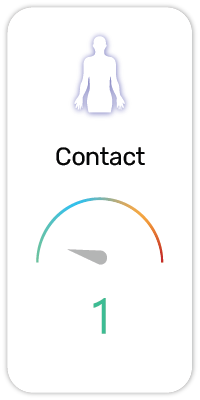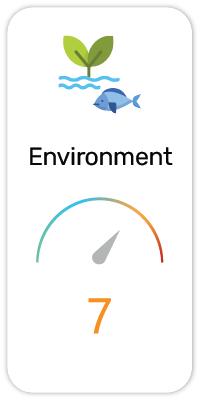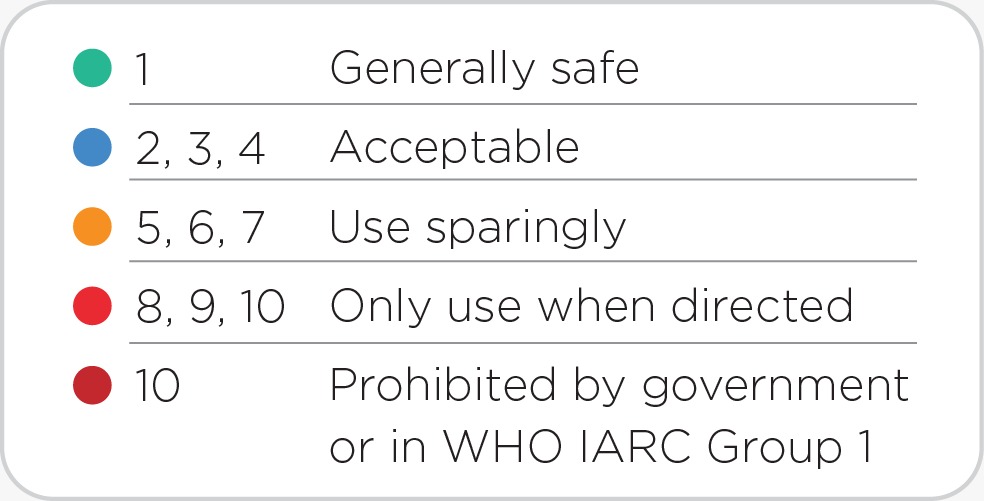Polystyrene; Styrofoam(in 82 products)
Potential Risk Index®:
About:
Functions:
1. Plastics (Recyclable) - Use of the ASTM International Resin Identification Coding System (RIC) 1-7 to identify plastics
Volatile organic compounds Styrene is used predominately in the production of polystyrene plastics and resins. Styrene is also used as an intermediate in the synthesis of materials used for ion exchange resins and to produce copolymers. [1]
Scientific References:
1. PubChem: https://pubchem.ncbi.nlm.nih.gov/compound/7501
Safety and Hazards (UN GHS):
1. May be fatal if swallowed and enters airways (H304)
2. Causes skin irritation (H315)
3. Causes serious eye irritation (H319)
4. Harmful if inhaled (H332)
5. May cause respiratory irritation (H335)
6. May cause drowsiness or dizziness (H336)
7. Suspected of causing genetic defects (H341)
8. Suspected of causing cancer (H351)
9. May damage fertility or the unborn child (H360)
10. Suspected of damaging fertility or the unborn child (H361)
11. Suspected of damaging the unborn child (H361d)
12. Causes damage to organs (H370)
13. Causes damage to organs through prolonged or repeated exposure (H372)
14. Very toxic to aquatic life (H400)
15. Toxic to aquatic life with long lasting effects (H411)
16. Harmful to aquatic life with long lasting effects (H412)
Potential Health Concerns For:
1. Hemolysis (PubMed ID:19428933)
User Comments:
Submit


